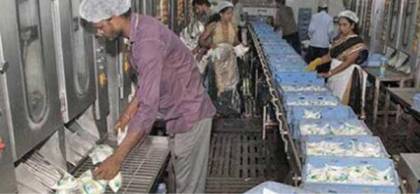The state and also the country at large are facing a severe shortage in milk production. The Dakshina Kannada Milk Producers’ Federation is also in dire straits. In order to balance the loss, it has withdrawn Rs 1.05 from the total special support price that was being given to the dairy farmers.
Earlier Rs 2.05 special support price was given to dairy farmers by the Federation. Now Only Rs 1 is being given. There are 738 milk producers’ associations in Dakshina Kannada and Udupi. The daily target is 5.70 lac liters of milk collection. However, due to unexpected rains, lump skin disease among cattle and increase in cattle feed price has led to shortage of milk stock.
Now the average collection of milk is 4.70 lac liters. This means a shortage of 70,000 liters of milk daily. Earlier the federation used to buy milk at the rate of Rs 30 from the dairy farmers. Now, due to shortage of milk, the federation has to pay Rs 36.50 per liter. Earlier, milk powder used to be sold at Rs 215 to 230 per kg. Now the rate has shot up to Rs 350 per kg. When milk is converted into milk powder and sold, the loss is even more.
In October 2022, the members of milk producers’ association were getting Rs 29 per liter minimum price. From the profit of the federation, Rs 2.05 was added to this and they were given Rs 31.05 per liter. Now after the direction of the government, there is a Rs 2 increase and Rs 33.05 minimum price per liter is being given to dairy farmers.
K P Sucharita Shetty, president of Dakshina Kannada Milk Producers’ Federation said, “Our aim is to increase the collection of milk as well as the well being of milk producers. However, now due to unavoidable circumstances we have to reduce Rs 1.05 from the support price. All dairy farmers should cooperate with us.”
Source : Daijiworld Jan 15th 2023

